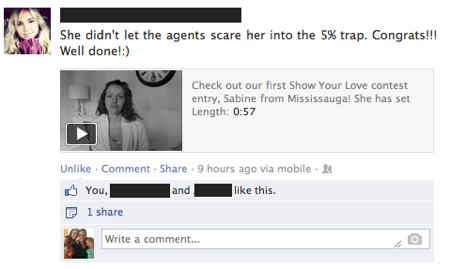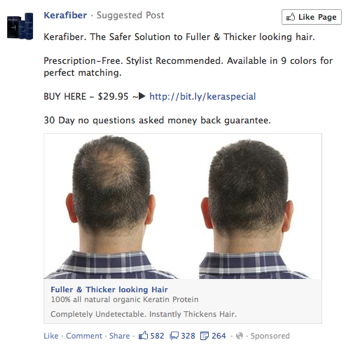I’ll admit it: I used to be the guy that always wanted to get one thing straight — there was Social Media, and there was advertising on social media platforms.
It’s an important distinction because a banner ad on a blog, or a right-hand column ad on Facebook, are, well, ads. Which means the factors that determine success are the same for them as for any other visual “space ad” for any other media:
- Do the visuals grab the readers’ attention?
- Is the headline compelling? Does it make you want to read/know more?
- Is the offer itself relevant to the intended audience?
- If you’re branding, does the ad work on an emotional or “gut” level?
- If the ad is direct response, does it have a clear Call-to-Action?
In other words, just because it’s a “social media” ad doesn’t make it special in some kind of pixie dust and-then-a-miracle-happens way.
But the lines between the content that people desire on social media platforms and the very best ad strategies employed on those platforms is starting to blur. On one end of the spectrum, you have content marketing, where the advertising goes out of their way to create stuff that people will want to see and share.
Think of videos and pictures that prospective customers will gladly post to their Facebook pages/news feeds in order to share with others. Six or seven years ago, people e-mailed this stuff out; now they post it to Facebook or tweet it.
This hysterical advertisement for Poo-Pouri is a perfect example of that:
Yes, it is a “viral” video. But it’s also a commercial, giving new credence to the immortal lines of Howard Luck Gossage: “The real fact of the matter is that nobody reads ads. People read what interest them, and sometimes it’s an ad.”
People interact with social content that interests and entertains them. Sometimes that content is an ad.
And that ad is all the more likely to attract the readers attention and interest when not only the content but the format of the ad matches with the “regular” content on the social media platform.
Combine the two and what you end up with is Native Advertising, like the kind practiced by BuzzFeed. It’s pretty difficult to distinguish their ads from their articles. In fact, you’d have to be consciously looking in order to do it.
So what does this have to do with Facebook Advertising?
Well it’s all about the desirably blurred lines between organic content, promoted stories and promoted posts. And how ads that fail this blurred line tests dramatically underperform ads that do.
Here’s an example of an ad that fails:
As you can see, it’s clearly a direct response ad. And since it showed up on my Facebook page and since I have a full head of hair, it’s clearly NOT a relevant ad for me.
If anything, it’s a little insulting, both that someone thinks I would need a product like this, or that they think I’d be willing to fall for an updated version of Ron Popiel’s GLH.
No, Ron and KeraFiber, I have no need to spray paint hair onto my scalp, and even if I did, I wouldn’t.
OK, so that’s what’s not to do. But what should you do? Something more like this:
So here’s the thing — that’s not an ad. It’s actually a friend’s status update that made its way into my news feed. And it was interesting enough that I clicked to watch the short video.
So….
Step 1: this businesswoman made a video that was interesting enough and that was “headlined” well enough to make me want to watch it, and she pasted it to her status and into my newsfeed.
Step 2: Launch this as a suggested post to turn this social media content into an ad. And hopefully an ad that will interest people enough to watch it.
And that’s how you blur the lines between Social Media advertising and social media content. You make something that’s share-worthy in it’s own right, and share it on your status. THEN you turn it into an ad and target it to the right audience.
How do I know this works?
Because I’ve watched my wife do the very same thing for her business. Her photography business has expanded into senior portraits (aka for graduation-type photos for high school seniors), and she had recently completed and posts some great sessions with some very attractive and popular seniors.
These posted pictures, as you might imagine, were very quick to get a lot of likes and comments. So, at my suggestion, my wife turned the posts into suggested posts, and got a huge number of views and likes.
But more importantly, she picked up quite a few extra bookings for additional senior photo shoots!
So why not take advantage of these blurred lines? Blur the lines yourself between content marketing, native advertising, and social media. You — and your wallet — will be glad you did.




